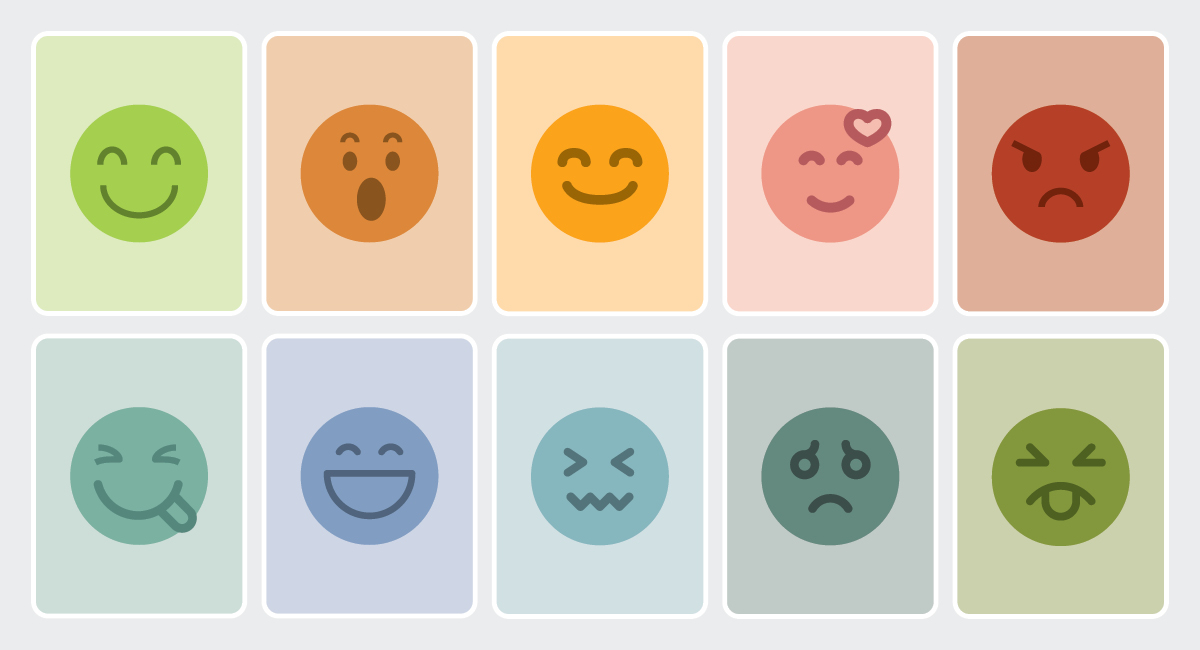Tips and Tools for Teaching Children Emotional Skills
Tips and Tools for Teaching Children Emotional Skills
Children can experience a wide range of emotions throughout a single day, but they aren’t always able to recognize and understand emotions in themselves and others. That’s why it’s important for children to learn emotional skills in early childhood education settings.
More broad emotions, like happiness and anger, are generally picked up by children on their own. In experiments, researchers have found that 5- to 6-year-old children can identify both happy and angry faces with very high levels of accuracy. At the same time, recognition of sad faces can take years longer, with kids as old as 10 misinterpreting sad facial expressions as fearful ones.
Understanding emotions plays a fundamental role in the development of children’s social competence, which is why Step Up to Quality includes supporting emotional development in our rating of early childhood education providers and offers access to coaching and resources to improve it.
Tools to Practice Emotions
Labeling and talking about emotions is a good place to start in supporting children’s emotional skill development. In one study of emotion identification, researchers gave typically-developing elementary school students training in the identification and self-production of facial cues. After only six, half-hour sessions, children improved their ability to read emotions compared with controls. Children with Autism Spectrum Disorder (ASD) experience a deficit in facial emotion recognition, but practice has shown to improve their ability, too.
As part of our efforts to help early child care providers and educators recognize and improve quality, Step Up to Quality has developed our own set of emotion identification cards that you can download, print and utilize for free in the classroom or at home. There are two deck versions available: one with illustrated faces and one with blank faces. The blank faces deck presents the opportunity for children to draw in emotions as part of an activity.

Download the Card Decks
Illustrated Card Deck | Blank Card Deck | Printable Instructions
How to Use Emotion Identification Cards
While social skills develop all throughout life, they grow most rapidly between the ages of 0 and 5. These cards can start being incorporated into curriculum for children as young as 18 months. Here are a few activity recommendations for engaging different age groups.
For children ages 18 months to 3 years:
- Hold the stack of cards face down and flip them over one at a time to name each emotion.
- Show children a card at random, ask them to act out the face pictured, then name the emotion together.
- Place multiple cards on a table. Name one of the emotions showing and ask children to identify which face you described.

For children ages 4 to 5 years:
- Hold the cards fanned out and ask children to pick them one by one until they find the emotion that they are feeling at the moment.
- Have children choose a card and talk about a time when they felt that way. What happened, and what was it like?
- Choose a card, name the emotion and discuss what you could do if someone around you was feeling this way.
- Print off the deck with blank faces for the children. Walk through the cards individually, talking about what each emotion looks like and what situations may cause it to be felt. Then let the children draw in the face of that emotion after each card is discussed.
Have other ideas for emotion identification games? Share it with the Step Up to Quality team, and we may feature your classroom on our social media!
